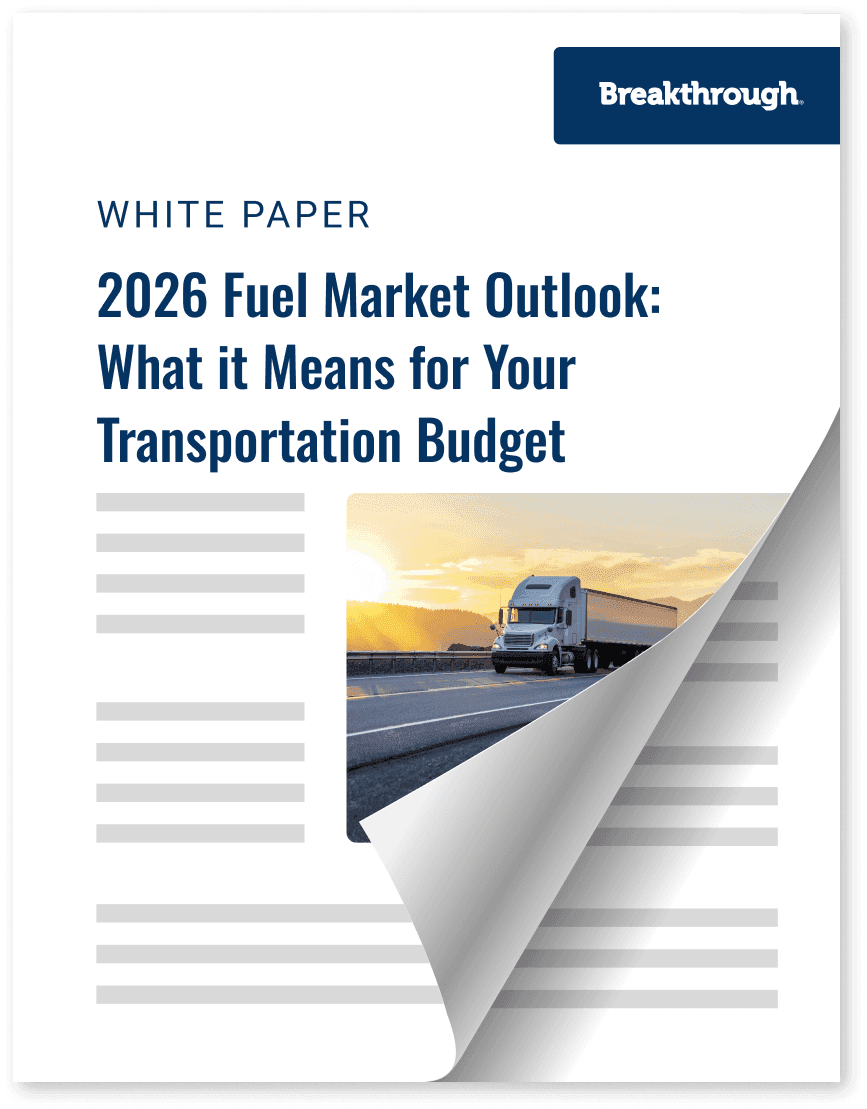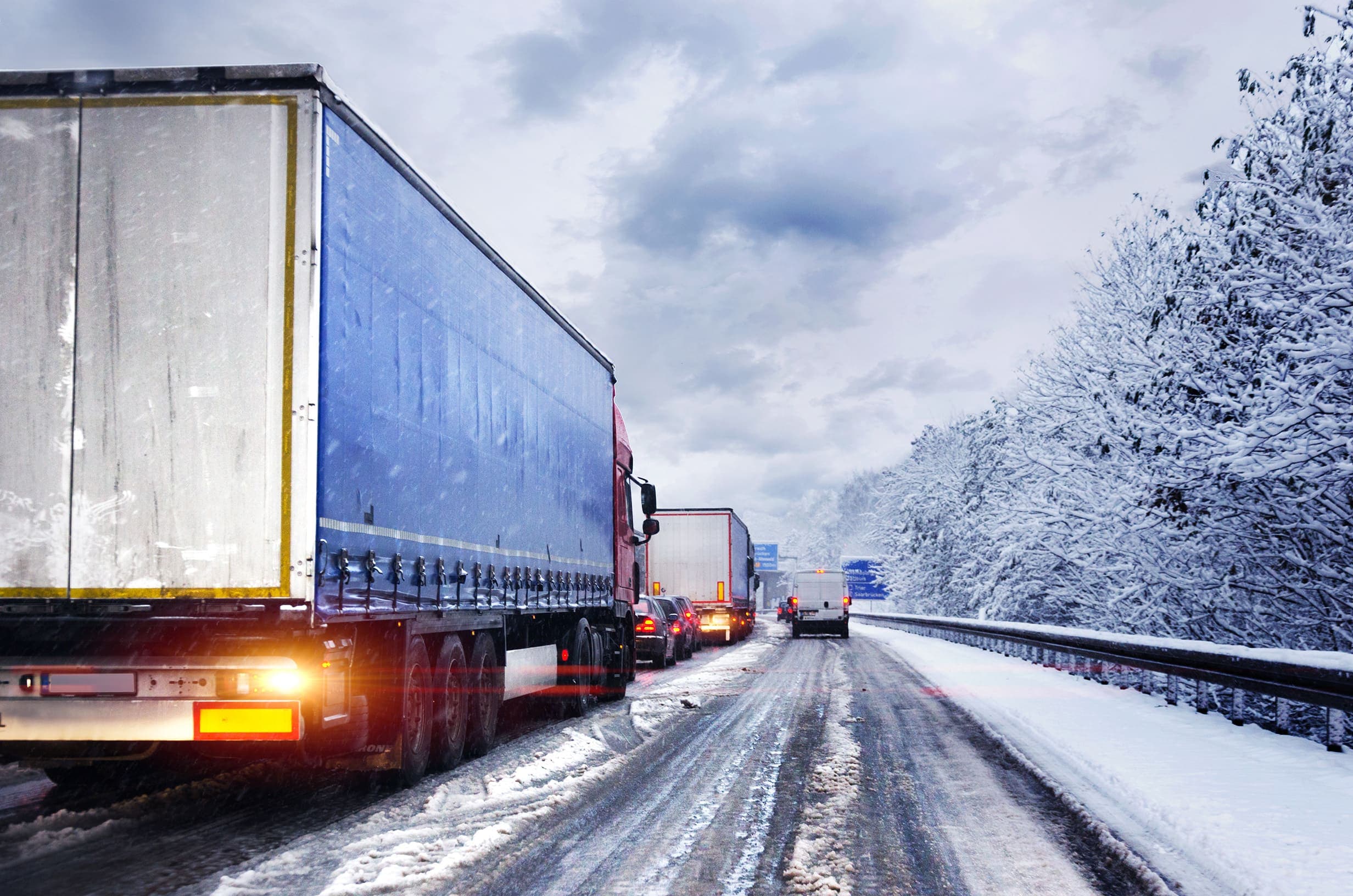2026 Fuel Market Outlook: What it Means for Your Transportation Budget

Trending
Top Posts
6 min read
March 1, 2020

Share:
Table of contents
Browse the table of contents to jump straight to the part you’re looking for
In the fight against climate change, one strategy being used by government entities is carbon pricing.
Below is a quick guide to understanding the basics of different carbon pricing programs including three of the most common types:
Each of these programs seeks to lower greenhouse gas (GHG) emissions, but they approach this goal differently. Understanding how each program is set up and where these programs are in place can create a competitive advantage in sustainable supply chain management strategies.
Low carbon fuels programs incentivize the use of lower carbon intensity energy sources, specifically as they relate to transportation.
These programs define a target for the amount of alternative fuels that should be blended into the fuel supply. This amount often increases the share of low-carbon fuels over time. In a low carbon fuels program, energy with high carbon intensity—like diesel, gasoline, and other fossil fuels—generate deficits that result in fines for being over the limit. Providers that generate fuels with carbon intensity below the target generate credits that can be sold as a carbon offset to heavy emitters.
The trading of credits generates on-cost for high-carbon producers and incentives for low-carbon producers. In this way, low carbon fuels programs can limit emissions by creating a lowering target intensity while also creating lower costs of alternative energy to help individuals and businesses in making a more environmentally and financially sustainable choice.
Low carbon fuels programs often begin with a limited price impact, as carbon reduction targets are set close to current fossil fuel carbon intensities. This allows for low carbon fuels to generate excess credits, which can be banked to help with future years of tightening targets.
Low carbon fuels programs are currently enacted in California, Oregon, and British Columbia.

Read more about the California Low Carbon Fuel Standard, one of the most widely recognized low carbon fuels programs.
Many industry experts believe the most effective climate results come from cap-and-trade programs. Cap-and-trade limits the total allowable GHG emissions using allowances while lowering these limits over time. Companies must then either reduce their emissions to fall within the given year’s cap or acquire more allowances. The application of cap-and-trade often expands beyond transportation, including power generation and industrial sectors.
Acquiring more allowances is where the trade portion of cap-and-trade comes in. Additional allowances can be purchases from the regulating body of the program or from other companies that have excess allowances. The added revenue from trading allowances provides an incentive for companies to go above and beyond in limiting their GHG emissions. Additionally, the funds generated by the regulatory agency selling allowances are funneled back to the market through funding projects to mitigate the costs of low carbon projects.
Cap-and-trade programs currently exist for transportation in California and Quebec (which are linked together). The Northeast United States has a current cap-and-trade program for power generation, with plans to institute a program for transportation in 2022.

The third type of carbon pricing program is a carbon tax. Carbon tax programs establish a flat fee on emissions that escalates over time (usually annually). Higher carbon-intensity fuels are taxed at a greater rate than lower-carbon alternatives. The tax differential ultimately assists in the financial viability of lower-carbon alternatives, especially with ongoing carbon tax increases.
The revenue generated from carbon taxes stays within the taxed region and is most often reinvested into low carbon projects. These projects include technological advancements, carbon-reduction research, alternative fuel adoption incentives, or other innovations that ultimately lower GHG emissions.
Carbon tax programs currently exist in multiple provinces across Canada (many due to the federal carbon backstop) and in Mexico.

Carbon pricing programs bring an on-cost for companies that continue business as usual with fossil fuels. On the other hand, carbon programs bring financial incentives for companies to lower their carbon footprint. The intricacies in different programs and regions require a more targeted approach to optimize results, as the best solution in one area may not always translate to the ideal solution in another. Finding the right partners and collaborative stakeholders can help make the best low carbon choices. The benefits for business continue to grow as carbon pricing mechanisms mature and spread across more regions and applications.

7 min read
November 11, 2025
Discover how fuel management systems cut costs, track emissions, and improve reimbursement accuracy for modern freight operations.
Read more
6 min read
November 10, 2025
Explore how the proposed Union Pacific–Norfolk Southern merger could reshape rail in the U.S. Learn impacts on competition, pricing, and service.
Read more
5 min read
October 28, 2025
Two major oil refineries in California are closing, removing 17.5% of the state's capacity. Learn how this will impact fuel premiums and your supply chain.
Read more